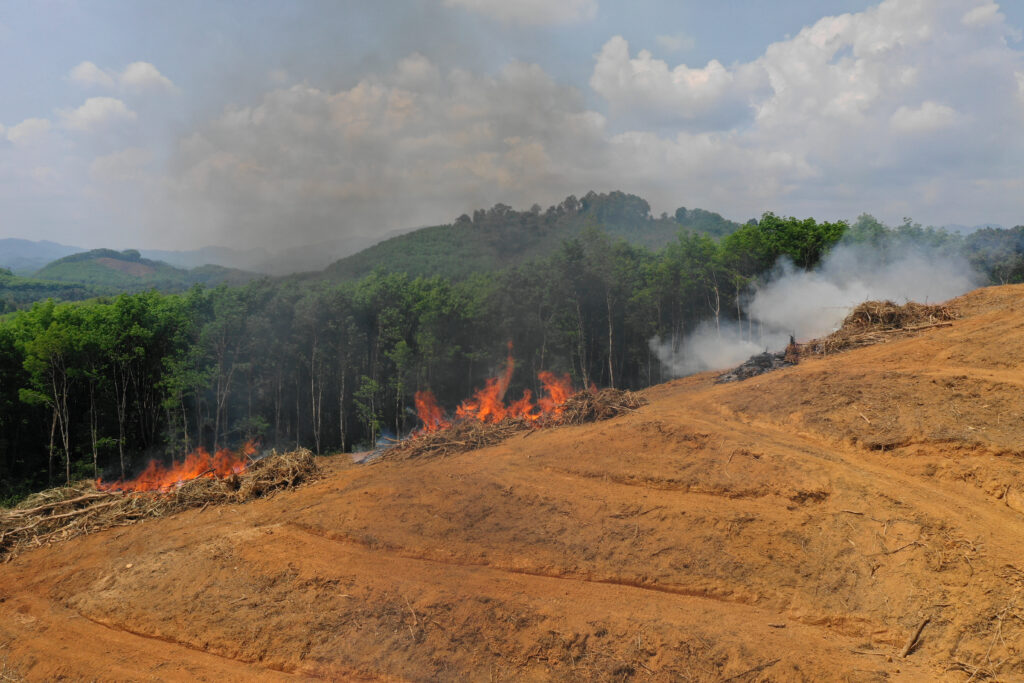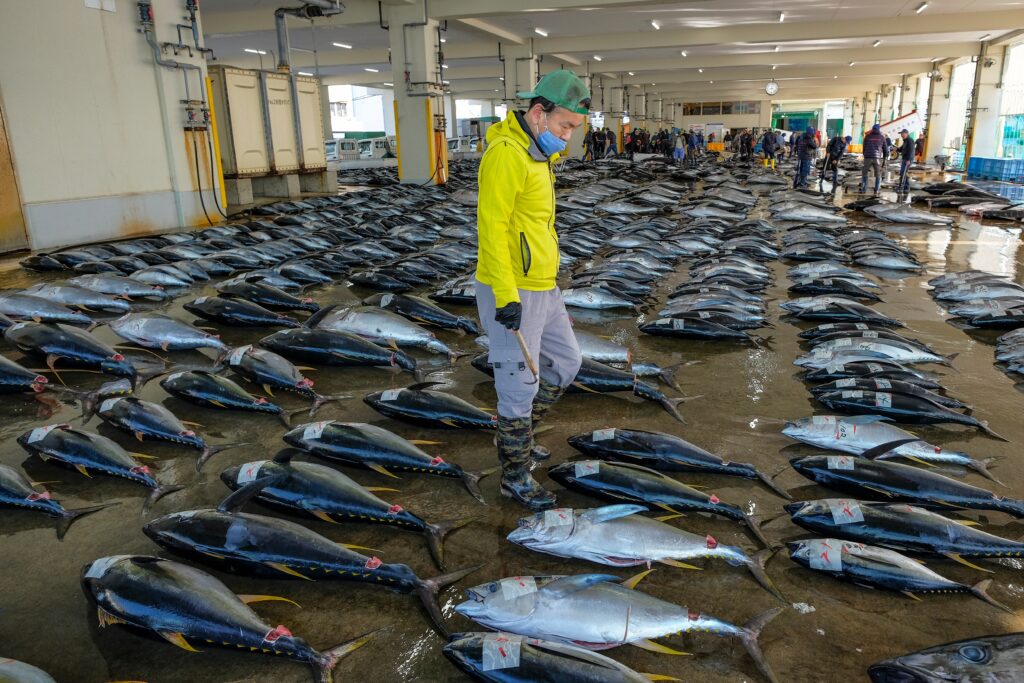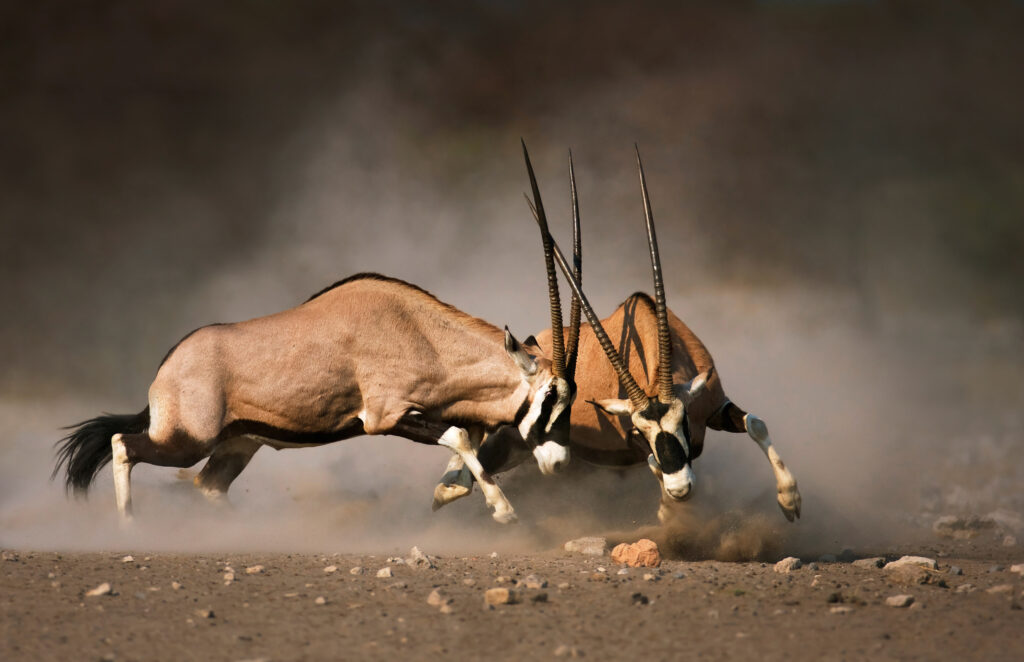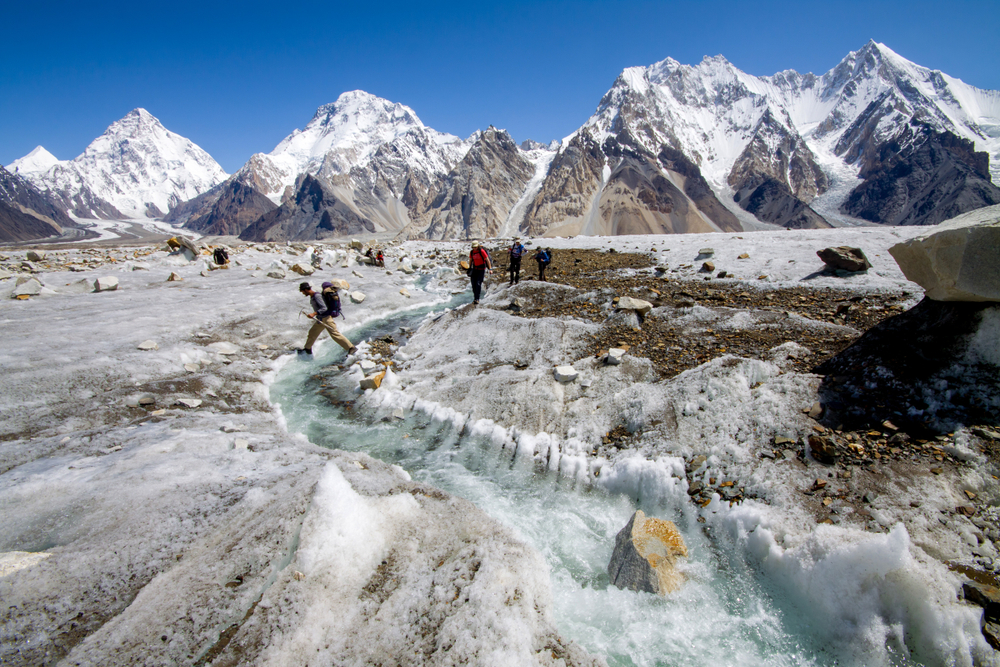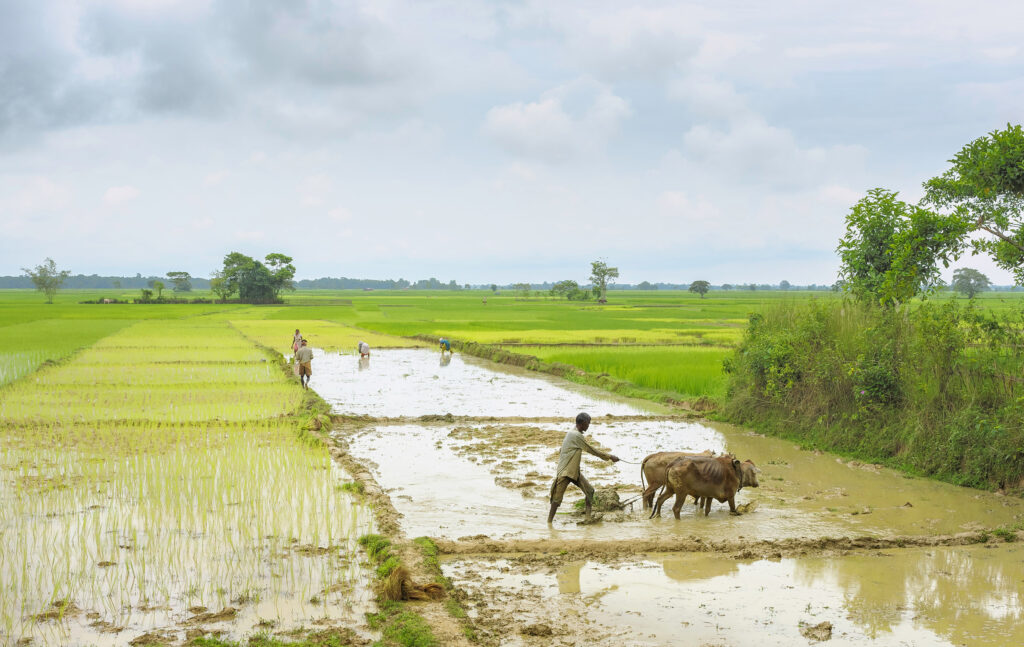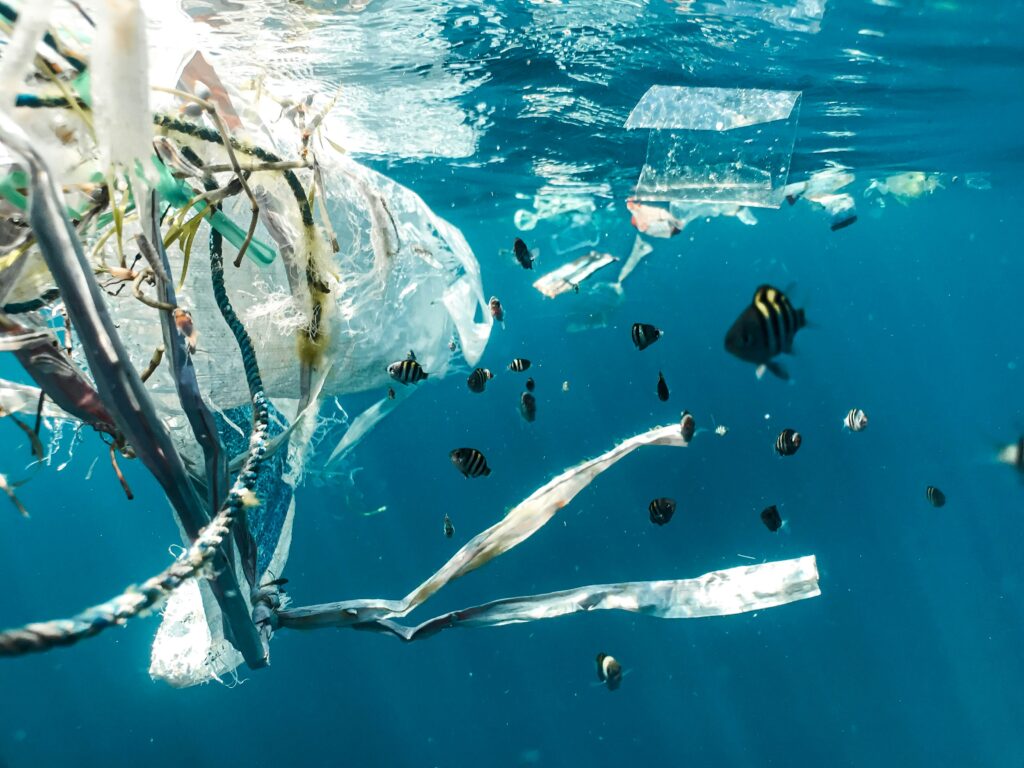There’s an old proverb that says when you’re talking, you’re not listening. It is most pronounced deep within a forest. The snap of a tree, the songs of birds, the scurrying of insects under the leaf litter, the croak of frogs – and if you’re lucky, the echo of a large mammal – are the sounds of an ecosystem where, according to a new study in the journal Nature Climate Change, wildlife plays an integral role in carbon capture and storage. It argues for a global approach to wildlife conservation and rewilding, especially of large mammals, based on what benefits we get from reducing CO2 emissions.
The study follows a string of research and findings over the years that support the concept of what the authors of the new study call “natural climate solutions”. They are also known as “nature based solutions”. The claims have a lot of merit. It also goes against the grain of thinking that machines profusely sucking carbon out of the atmosphere are our only option. Ocean plant life, for example, like phytoplankton – commonly known as algae – is known to suck in more carbon dioxide than tropical rainforests. And then there are the usual suspects like tropical rainforests, mangrove forests, seagrasses, kelp forests and more. All are sucking in and storing the carbon emitted from burning fossil fuels.
Yet, the new research does have major implications for the links between the conservation of larger species and climate change. It argues that large species in particular have been largely been disregarded or downright “ignored”. Oswald Schmitz, the study’s lead author and professor of population and community ecology at Yale University, says that wildlife is downplayed because researchers are too focused on the total amount of carbon natural systems hold in forests or soils, for example.
“[Researchers] are still largely favouring a paradigm of plants and soil having primacy, and animals don’t matter, but they don’t consider the feedback effects,” said Schmitz. “The animals modulate how much carbon plants take up and how much carbon gets stored in the soil. So, they become important mediators of ecosystem functioning.”
Globally speaking, a complete transition to renewables by 2050 and halting deforestation, the authors argue, will still present challenges in limiting temperature rises to below 2°C. This is due to the “heat trapping capacity of the CO2 that remains in the atmosphere” from already released emissions. To that end, the paper states that, along with a transition to clean energy and keeping forests intact, 6.5 gigatonnes of CO2 must be sucked out of the atmosphere and stored up every year until 2100, according to available data.
In the paper, the authors argue that since “natural climate solutions”, like preserving forests, “are being proposed as cost-effective and relatively safe ways” to absorb carbon dioxide, climate action plans have little reason not to pursue them. They note that natural environments in both the oceans and land already remove “up to 50% of all human-caused CO2 emissions annually”, and better still, this could increase if larger animal species and their roles in the environment are accounted for, conserved and protected.
Schmitz says that a push to really support natural climate solutions will allow us to limit temperature rise to 1.5°C quickly and safely. He also highlighted the importance of including communities in those decisions. “Provided that we care about the people who live on the landscapes we also want to use [for wildlife], and think about their welfare and don’t preclude them from the solutions,” said Schmitz.
How Much Carbon Does Wildlife Actually Absorb?
The paper references data suggesting that animals interacting in natural ecosystems cause plants to take up between 15 – 250% more carbon dioxide than in environments without wildlife. Perhaps, there is no better example than the mesmerising site of the wildebeest migration across the Serengeti in Africa.
Every year, around 1.2 million wildebeest migrate across the Serengeti and consume vast swaths of plants during this journey. In turn, their manure is broken down by insects that return the carbon stored in the plants back to the soil where it is stored. But, back in the early 20th century, the process was disrupted by diseases coming from domestic cattle herds and plagued the wildebeest. Their numbers plummeted by hundreds of thousands. This led the grasslands to grow wild, providing evermore tinder for potential fires.
The inevitable happened. Wildfires ripped through the land, releasing carbon stored in the plants and soil back into the atmosphere in plumes of smoke. Ultimately, this resulted in the Serengeti becoming a carbon emitter rather than an absorber for a period of time. However, through disease intervention, wildebeest populations bounced back, and the Serengeti has, once again, become an absorber of carbon, with 4.4 megatonnes of the stuff locked up in its soils.
Hardly an isolated case, the Serengeti’s story is part of the incredible influence wildlife has on their environments and the capturing of carbon. The eating, trampling and dropping of manure, as well as the overall relationship between animals and plants, have effects far beyond our full comprehension. Yet, the larger implications are clear.
Rewilding animals into their former historical range has been discussed for decades. The bison of North America is a textbook example. Indeed, the new study suggests that rewilding bison across parts of North America’s grasslands “could add an estimated 595 [megatonnes of] CO2 annually to the prairie ecosystem storage primarily by reducing soil emissions”. This research lines up with others suggesting similar theories.
Sergei Zimov, a Russian geophysicist who specialises in subarctic and Arctic ecology, claims that the disappearance and hunting of large grazing animals on Russia’s permafrost created an ecological niche for shrubs, moss and larch trees. He says that the disappearance of grasslands over the permafrost for shrubs and trees is insulating the soil and speeding up the thaw. This has significant implications for climate change, as melting permafrost has been dubbed as a “methane bomb”, and with methane having an enormously larger warming potential than CO2, it conjures up thoughts of a climate catastrophe.
Zimov and his son Nikita are experimenting with rewilding several large animals on their plot of land called Pleistocene Park. To bring back the animals, the father and son duo once raised over USD 100,000 by crowdfunding to haul 12 bison from Denmark to their park in Chersky, Russia – Nikita drove the distance himself. So far, Zimov’s unconventional methods are showing encouraging results, with average soil temperatures 2.2°C cooler where the animals roam, seemingly strengthening his claim. “I am building an arc,” Zimov told The Economist, referring to his Arctic refuge.
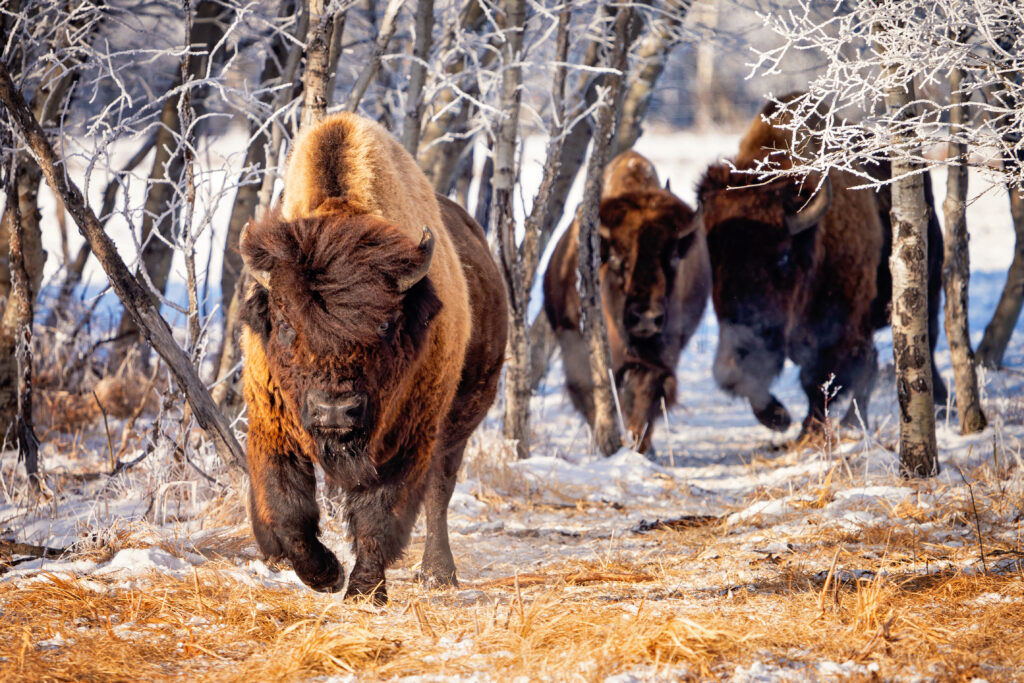
However, there are instances where the opposite is true, with wildlife having a detrimental effect on carbon sinks like forests. Wild deer in Scotland have now become the proverbial archenemy of the United Kingdom government’s reforesting attempts. It aims to restore massive pieces of land to claim reductions in CO2 from new and old forests. Yet, a bloated deer population is stripping forests of new saplings, preventing tree-covered areas from expanding. This has led to the mass culling of deer – around 100,000 annually – in an attempt to give new tree saplings a chance, especially in old-growth forests that are struggling to maintain themselves.
One of those Scottish old-growth regions is Glen Feshie Estate where Thomas MacDonnell, a conservation manager, is attempting to keep deer numbers at bay to give the trees a fighting chance. He recalled in Ben Rawlence’s book The Treeline that after culling 5,000 deer in three years off the back of intense backlash, he initially had doubts. “They were dark days. Bloody hell, I thought, perhaps I’m wrong,” MacDonnell recalled. But soon after, below many of the old pines, he saw new seedlings sprouting. “It was as if someone had flicked a switch. They just came. I almost cried.”
MacDonnell and others are now taking the place of the UK’s once wild-roaming wolf packs that were hunted out in the 1600s. A desperate attempt to bring an ecosystem back into balance from a problem of our own making, weighed down by history’s ignorance.
While not explicitly related to carbon capture, Zimov’s experiment and the impacts of too many deer running riot seemingly prove that animals and their interactions with their environments have extraordinary effects – carbon capture being just one of them.
The same can be said of, as the study shows, elephants, whales, otters, sharks and more – many of which are also threatened by habitat loss, hunting, land use changes and encroaching cities.
Habitat Loss and the Issue of Human-Animal Conflict
Habitat loss is not a new phenomenon. The battle between people and animals has raged since ancient times. However, as human populations have ballooned globally, more land has been colonised, and immeasurable tracts of land that were once biomes of wildlife are now dramatically smaller or gone. Today, human-animal conflict occurs nearly daily, especially in developing countries where farmers are generally on the front lines. Schmitz acknowledged conflicting interests between people and wildlife but said that fully rewilding areas with wildlife in their historical ranges is not what the study proposes.
“We have to respectfully listen to people’s concerns, but also if we work with people and care about them and learn about how they think, we might solve the problems with these animals. We can come up with solutions,” said Schmitz.
On the idea of rewilding bison in North America, Schmitz said that the study’s calculations were made by only including bison in 16% of their historical range – where there weren’t many people.
“We’re talking 1.5 – 2 million Bison,” said Schmitz, comparing them to the historical number of around 30 million. “We’re not talking about bringing back the vast historical herds, but 2 million animals is a significant amount of individuals that are gonna make a significant contribution to offsetting carbon emissions.”
Coexistence between people and animals is an idea that Schmitz and others advocate to see rewilding come to fruition and wildlife numbers increase. Carbon absorption benefits add to the incentive. Yet, the role of financial incentives for people related to rewilding animals and offsetting carbon emissions is a thorny issue and hotly debated amongst climate advocates, activists, bankers and the like.
Optimistically, however, Schmitz says there is potential for landholders to become “carbon farmers” if rewilding occurs on their land where, in an ideal world, they would be paid in an offsetting-like scheme from governments or businesses attempting to offset their CO2 emissions to reach their net-zero goals.
Can We Put a Dollar Value on Wildlife Conservation?
Yet, putting a dollar value on wildlife and nature is seemingly easier said than done. Some, like writer and activist George Monbiot, denounce ideas of placing dollar values on nature and, by extension, something like carbon offsets as “another transfer of power to corporations and the very rich”. Similarly, some claim that schemes like carbon offsets just give polluters a licence to pollute without changing their carbon-intensive business models. Greenpeace calls them “a scam”. Others say that offsets programs can’t be trusted, with scandals exposing forest plantation offset programs that overstate their impacts. A University of Cambridge study cited by The Guardian found that over 90% of rainforest offsets by Verra, the globe’s largest offset certifier, were “worthless”. This was due to, among other reasons, inadequate monitoring and a lack of standards or rules.
Julia Jones, a co-author of the Cambridge study, said that if lessons aren’t learnt from findings like hers, there would be a “very large risk that investors, private individuals and others will move away from any kind of willingness to pay”, for limiting deforestation – and for that matter – conserving wildlife and its carbon absorption role. Jones added, “I need to believe it can be made to work because money is needed to fund the emissions reductions from forest conservation.” Without proper money coming in for conservation efforts, keeping nature pristine may get tricky.
Others, however, see putting a dollar value on nature as essential. “If you have a price of zero on something, then people take it for granted and completely abuse it,” said Duke University financial economist and founder of Blue Green Future Connel Fullenkamp, who is involved in the Whale Carbon Plus Project. Fullenkamp’s views are shared by commentators like Anjana Ahuja, who wrote in the Financial Times that whales could become “carbon-based assets”. The rationale behind this is conserving and seeing whale numbers grow because of their role in carbon absorption via the ocean food chain.
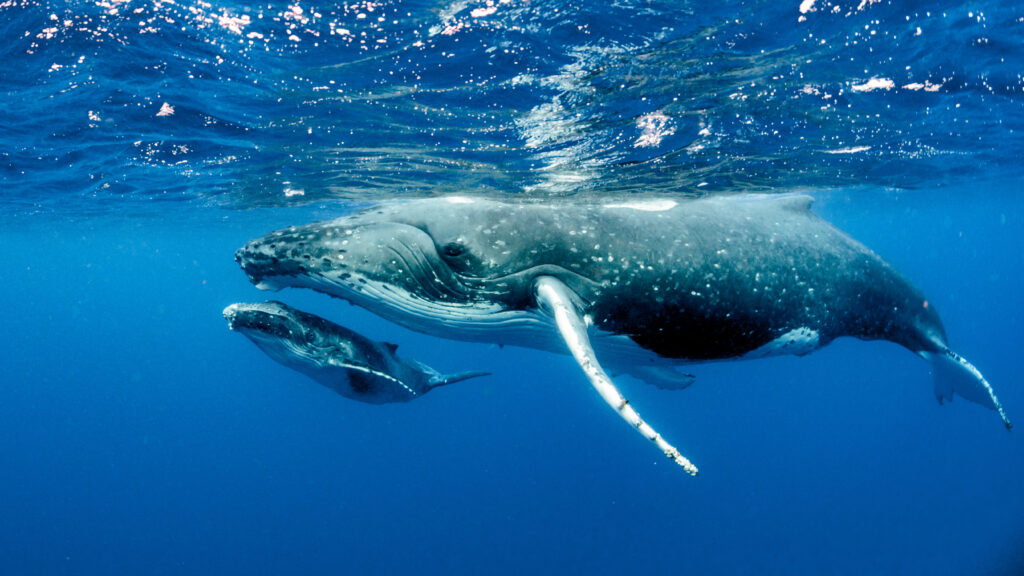
For example, whale poo – and there’s a lot of it – is packed with nutrients that phytoplankton, the algae in the ocean, thrive on. Booming phytoplankton numbers mean more carbon absorption, as they suck in emissions and breathe out oxygen – already more than tropical rainforests. Strengthening this is the fact that when carbon-absorbing ocean animals or plants die, rather than emitting carbon, they sink to the depth where the greenhouse gas is stored almost permanently.
Based on this rationale, whales could become tradable again – not for the oil that almost led them to extinction centuries ago but for their carbon absorption benefits. This, it is hoped, would spur conservation efforts by placing a dollar value on the interactions whales have with ocean environments.
“What you’re actually saying is that nature is valuable. Without having nature in place, then we’re not gonna be able to get the ecosystem services such as capturing carbon and storing it in ecosystems,” said Schmitz. “So, we have to realise the immense value.”
Other areas on how wildlife interact with their environment and absorb carbon are gaining attention too, such as otters and their importance to healthy underwater kelp forests. New research suggests that kelp forests generate USD 500 billion annually for fishing industries and provide carbon removal that sees 5 million tonnes of carbon absorbed annually. The valuation of wildlife and its role in carbon absorption, as suggested by Stuart Butchart of conservation organisation BirdLife International, shows that the economic case will likely resonate with decision-makers a lot more.
Yet, there are obvious shortcomings. Valuing entire systems of nature is inherently difficult compared to putting a dollar value on, for example, a tonne of carbon emissions alone. Schmitz and others, like former international banker Pavan Sukhdev, argue that we must change our economic thinking to account for nature and wildlife’s services.
In other words, figuring out a dollar value of the benefits humanity get from nature is crucial so that when nature is damaged, as Schmitz says: “We actually think about the damages and the ultimate cost that we have to bear financially for damaging it and reducing the capacity to provide other environmental services.”
Biggest Challenges to Wildlife Conservation
The ensuing debate about nature’s dollar value is coming late in the game. In an age dominated by humanity, no place on earth remains untouched – from a plastic bag eerily floating in the Mariana Trench 10,975 m down in the ocean and encroaching roads that split tropical rainforests apart to the sound of chainsaws in concert with birdsong. Adding to this, of course, is climate change’s impacts.
The onslaught of threats facing wildlife results in countless species peering down the barrel of potential extinction and, by default, placing a dent in the hopes of rewilding becoming a win-win for wildlife and carbon absorption. UN Secretary-General António Guterres says this is nothing less than humanity “waging a war on nature”.
In many ways, Georgina Chandler at the Royal Society for the Protection of Birds, the largest nature conservation organisation in the UK, agrees. “We’re living in a situation where we’ve either lost a significant amount of biodiversity or the pressures on remaining fragments of biodiversity is so great,” said Chandler, “that it does sometimes feel like [a war].”
A critical UN report on biodiversity suggests the same and warns: “Human actions threaten more species with global extinction now than ever before.” Indeed, the same report projected that over 500,000 land species would not have enough natural habitat remaining for long-term survival and would be “committed to extinction, many within decades, unless their habitats are restored.”
But, nature and wildlife, time and time again, have shown it has the propensity to bounce back from the brink. “It amazed me how quickly it had actually got back to that state,” said Chandler, referring to a forest restoration project in the Cairngorms, Scotland, where some areas are shifting away from plantation-based forests and letting native vegetation and wildlife return while slowly removing plantation trees.
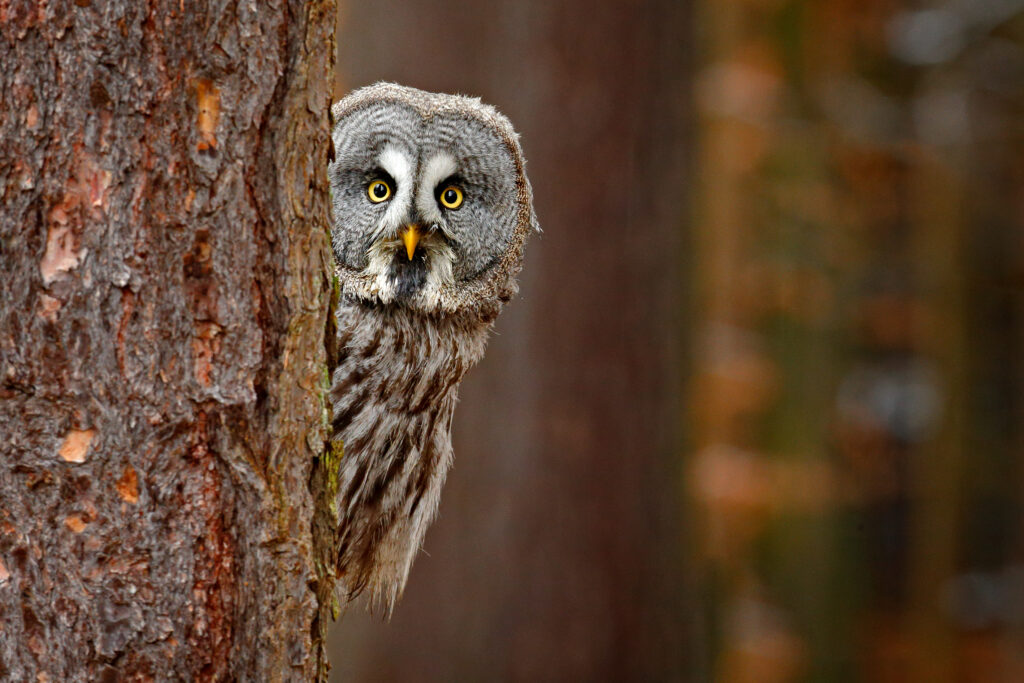
Chandler’s example is far from an isolated case. Given time and space, even monumental setbacks can be turned around, with whales being an embodiment of this process. Throughout the 19th century, whales were almost hunted to extinction for their bodily oil used for lighting. For example, the eastern Australian humpback whale’s numbers dwindled to around 200 in the 1960s due to whaling. Yet, after several interconnected factors, from new energy sources to diminishing economic incentives for hunting and global treaties, the eastern Australian humpback’s numbers are now above 20,000.
But success stories are the exception, not the rule. Wildlife across the planet still faces enormous challenges and is at a decisive juncture. Chandler says that recent global agreements, like the one governments made at the COP15 biodiversity conference to protect 30% of land and 30% of the ocean, are momentous.
“Those existing remaining fragments of intact ecosystems are critical. Some of those are completely irreplaceable,” said Chandler. In response to those who say we can just plant more trees after cutting them down, Chandler gives the example that primary forests take hundreds of years to develop complex ecosystems – not easy to replace. “So protecting what we’ve got is really critical. I think it’s achievable,” said Chandler.
However, the conservation and protection of ecosystems and wildlife does have a dark past where protected areas have pushed out or abused the Indigenous peoples originally inhabiting them. Survival International, an Indigenous rights organisation, has accused some conservation organisations, like the World Wildlife Fund (WWF), of its funding and support for park rangers abusing Indigenous people in protected areas. Some accusations include burning down homes, stealing goods and violence like rape, torture and murder.
“When they come and do their conservation, and they see us in the forest, will they let us into the forest? No, they beat us,” said a Baka man from Africa’s Congo Basin. “We don’t hunt elephants. We just suffer these terrible beatings when we haven’t done anything… they beat us with machetes – bam, bam, bam.”
Similar stories are found across the globe. In Malaysia, the Indigenous Batek are barred from hunting inside the national park boundaries of Taman Negara Kelantan Kuala Koh. They have no alternative, as the buffer forest, and their home once before, has been chopped down and replaced with palm oil plantations.
Chandler says that the injustices Indigenous people suffered globally were where “pushback and fear” came from, resulting in the COP15 agreement that would eventually see countries agreeing to protect 30% of land and oceans. However, she says that during the COP15 negotiations, there was a real recognition of those potential abuses. In response, the inclusion of Indigenous peoples and local communities was made paramount. “It’s been widely shown that the kind of areas of land and habitat that have local communities, living in and amongst them, are some of the best protected and managed in the world,” said Chandler. “So, there’s no reason to completely fortress conservation sites.”
Aligning Carbon Capture Goals and Wildlife Conservation
The idea that wildlife can contribute to carbon absorption has hefty implications across conservation and action on climate change. And with extreme weather events advancing in severity and number, the sense of urgency is creeping fast. But despite the big-picture overtones, a deeper meaning emerges from the situation humanity finds itself in regarding the state of the planet. In essence, as Schmitz says, there must be a development of what he calls a “compassionate ethic” towards nature and “rekindling a human virtue that we should be better stewards of our planet as a whole”. It is something that, he says, Indigenous peoples have been doing for millennia and holds lessons for the globe.
“To ignore animals leads to missed opportunities,” the Nature Climate Change study argues. But, it also underscores the vital notion of interdependence between people and the planet. For Schmitz, this is an “ecological reality” where we are part of the web of life that sustains every living organism in a closed system in which nothing is overly extracted or wasted.
As climate change continues to heat the planet, each decarbonisation strategy should be mutually supportive. The recognition of wildlife, their role and their interactions with their respective environments across the land and oceans is pivotal. And the intimate and irreplaceable knowledge that Indigenous peoples and local communities possess about their habitats across the continents remains important. Many conservationists, like Chandler, attest that climate action and the protection of the natural world aren’t separate objectives. They are one and the same, with the inclusivity of people at the heart of any effort.
The globe is at a determining point in history where the conversations held and decisions made in the next few years will have lasting effects. Every bit of carbon we choose to burn will have widespread and long-lasting repercussions. But conversely, every bit of carbon we stop from escaping prevents further damage. This presents both the opportunity and agency to give the living world a fighting chance and also contributes to the world’s most-pressing historical task of drawing down CO2 emissions.
Schmitz signed off with a hopeful message: “I think if humans have a will and are committed to making a difference, I think we can beat the urgency and avoid a huge crisis.”
The outcome for the planet, whose future is now firmly in our control, is still yet to be decided.
Ashley Crowther
Writer, Australia
Ashley has reported on and photographed key stories on climate change, social development and other issues throughout Asia for nearly a decade. His work has been commissioned and appeared in publications such as the Financial Times, Vice, Marie Claire, The Guardian and more, and NGOs including the UN Foundation. He is the author and lead photographer in Our Dark Materials: Black Carbon & the Himalayas and was part of the team that won The Society of Publishers in Asia (SOPA) award for Excellence in Human Rights Reporting in 2022.
Ashley has reported on and photographed key stories on climate change, social development and other issues throughout Asia for nearly a decade. His work has been commissioned and appeared in publications such as the Financial Times, Vice, Marie Claire, The Guardian and more, and NGOs including the UN Foundation. He is the author and lead photographer in Our Dark Materials: Black Carbon & the Himalayas and was part of the team that won The Society of Publishers in Asia (SOPA) award for Excellence in Human Rights Reporting in 2022.



